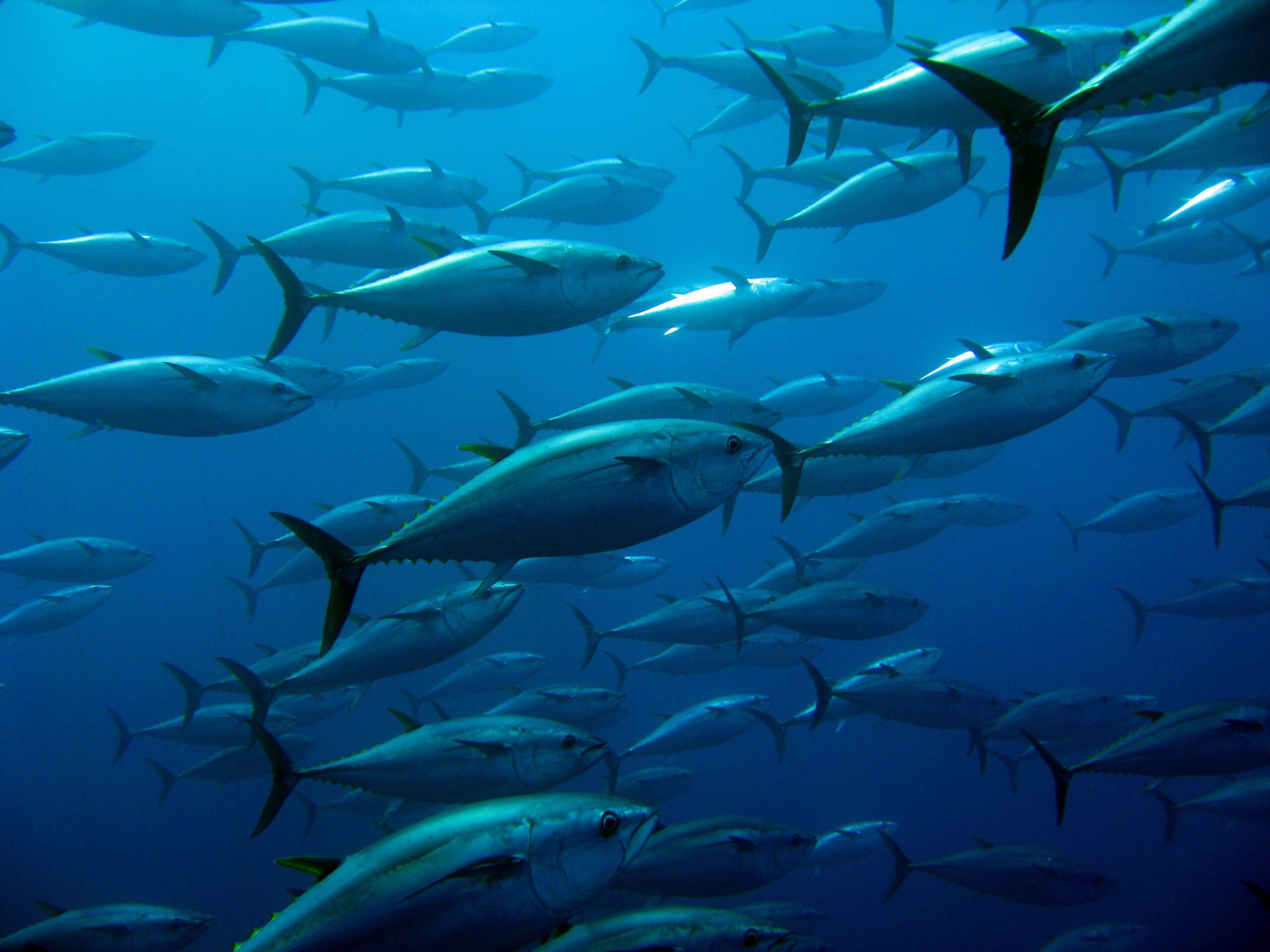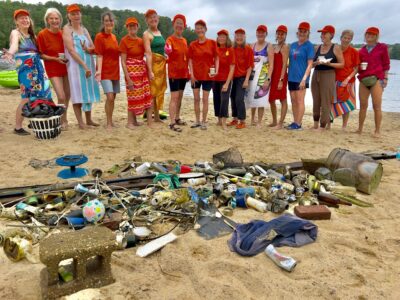(Bloomberg) —
Scientists have shown for the first time that protecting highly valuable but imperiled tuna in huge marine preserves pays off in the recovery of so many of the migratory fish that catch rates for some species increased 54% near a Hawaii reserve where fishing had been banned.
That’s due to what is called the “spillover effect,” when protected tuna populations grow so healthy that they expand beyond a marine protected area. Those reserves, however, must be carefully designed and tailored to the biology of the species being safeguarded, according to the researchers.
Scientists have previously proved that marine protected areas that prohibit fishing benefit populations of coral, lobsters and other critters that don’t travel much and are more easily studied. But whether those preserves help tuna, which can migrate thousands of miles from their spawning grounds, had been an open question.
The findings of the peer-reviewed study published Thursday in the journal Science have significant implications, as rising ocean temperatures due to climate change are expected to alter tuna migration and complicate efforts to protect the fish. It comes amid a push to make vast swathes of the ocean off limits to industrial fishing, even as some Pacific island nations shrink or abandon massive marine sanctuaries they established to protect tuna after fishing revenues declined.
“Tuna is a $40 billion industry globally and a single tuna can be worth a lot of money,” said Jennifer Raynor, a co-author of the paper and an assistant professor of natural resource economics at the University of Wisconsin-Madison. “Nations have big upfront costs when establishing a marine protected area and need to know they’re going to get benefits later to compensate for the loss of fishing revenue.”
In 2019, a single, 613-pound (278 kg) bluefin tuna sold for $3.1 million in Tokyo, a record price equating to about $5,000 per pound. Tuna, though, is also key to ocean health as a top predator that regulates marine ecosystems. Some species are more than 10 feet long, weigh 2,000 pounds and torpedo through the ocean at more than 40 miles per hour.
Raynor and her colleagues set out to study the impact on tuna of the world’s largest fully protected marine preserve, the 583,000-square-mile (1.5 million square km) Papahānaumokuākea Marine National Monument in the northwest islands of Hawaii. President George W. Bush established the preserve in 2006 and President Barack Obama quadrupled its size in 2016.
The researchers analyzed catch data collected by the National Oceanic and Atmospheric Administration (NOAA) between 2010 and 2019. The information was gathered by observers stationed on commercial tuna vessels operating within 345 miles of the monument. Since observers are onboard only 20% of ships, the scientists also reviewed data on tuna catch recorded in captains’ logbooks.
“We’re extremely lucky in this case that NOAA collects really high-quality data on what’s being caught and where exactly it’s being caught,” said John Lynham, a co-author of the study and a professor of economics at the University of Hawaii.
The researchers determined that overall catch rates of yellowfin tuna — defined as the number of tuna caught per 1,000 hooks deployed — increased 54% within 345 miles of the Papahānaumokuākea Marine National Monument. Catch rates for bigeye tuna jumped 12% and catch rates for all species climbed 8%.
“I think the broader implication is that if we can make protected areas big enough, they can protect migratory species,” said Raynor. “I think this is something that was doubted for a long time.”
There’s a catch, though. The shape of a marine reserve must be designed in a way that maximizes protection for species based on their lifecycle and migratory patterns. “You don’t necessarily want to just draw a big circle around an area,” said Lynham.
The Hawaii national monument was not established to specifically preserve tuna but to protect endangered monk seals and other marine life, as well as cultural sites. Raynor said its rectangular shape may be a “lucky accident” as its 1,350-mile length runs east to west, which is the direction that tuna prefer to move.
Lynham called climate change a wild card when designing large marine protected areas. “The consensus view at the moment is that most tuna species will move away from the equator and towards the poles,” he said. “In the case of Papahānaumokuākea, this means that tuna will likely relocate both into and out of the current protected area boundaries.”
The Pacific island nation of Palau banned tuna fishing in 80% of its exclusive economic zone in January 2020 when it created the 183,428-square-mile (475,077 square km) Palau National Marine Sanctuary. A falloff in commercial fishing revenue from foreign fleets, however, has prompted the government to begin a planning process to redesign and reduce the size of the sanctuary.
King Sam, the director of the Palau National Marine Sanctuary, said a lack of data on tuna and other species in Palauan waters has proved a challenge in managing the marine reserve.
“Any lessons that we can learn from studies that are done in Hawaii and other places that have established large-scale marine protected areas would really help inform how we proceed,” he said.
To contact the author of this story:
Todd Woody in San Francisco at twoody4@bloomberg.net
© 2022 Bloomberg L.P.





